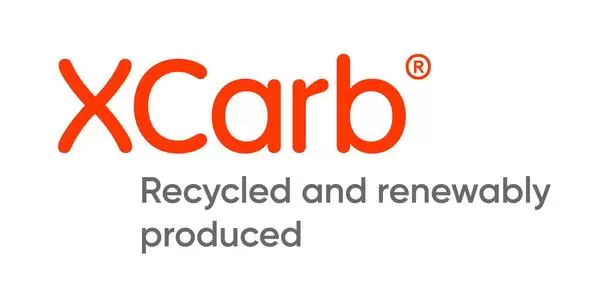Optimised steel structures for a low carbon future
The construction industry is the world’s largest consumer of raw materials and the built environment accounts for between 25 and 40% of global CO2 emissions. The sector is responsible for nearly 40% of annual raw material use and around 39% of the total primary energy use. These numbers are set to increase.
The most promising construction material in terms of low emissions and increasing circularity is steel. Although the steel industry is among the highest-emitting industries (about 7% of global carbon dioxide emissions), the carbon footprint of its manufacturing process has decreased over the last 25 years and today new low-carbon alternatives are cutting emissions faster than before. The circularity of steel, enhanced by the possibility to upcycle, unlike other materials, and its low-carbon alternatives have resulted in its use in innovative projects driven by sustainability.
Efficient design of steel structures is key, designing with end-of-life in mind and specifying low-carbon alternatives. With design choices playing an important role, we need to rethink the design approach from a circular, more holistic, and therefore more sustainable perspective.
The research paper ‘Why optimised steel structures will help reduce embodied carbon’ provides a brief overview of the steps being taken to decarbonise steelmaking and examines the impact of the construction sector on global emissions. The main objective of this paper is to put forth easy-to-use tools to help designers reduce the embodied carbon of their projects while offering guidance on evaluating sustainable solutions.
Published: 15 February 2024
Contents
This 2023 paper is comprised of the following sections:
1. Introduction
1.1. LCA in construction
2. Steel and sustainability
2.1. Steel making routes and emissions
2.2. Decarbonisation of steel production and challenges
2.3. Low carbon steel
3. Addressing carbon emissions in construction
3.1. Build with less embodied carbon: the shift towards a circular model
3.2. Reducing the embodied carbon of beam elements
3.3. Reducing the embodied carbon of flooring elements
4. Conclusion
Download the paper here
Position paper:
© Marina D’Antimo, Marion Charlier, Walter Swann, Olivier Vassart
Text:
© Constructalia
© Marina D’Antimo, Marion Charlier, Walter Swann, Olivier Vassart
Images:
© ArcelorMittal Europe
© Marina D’Antimo, Marion Charlier, Walter Swann, Olivier Vassart


























